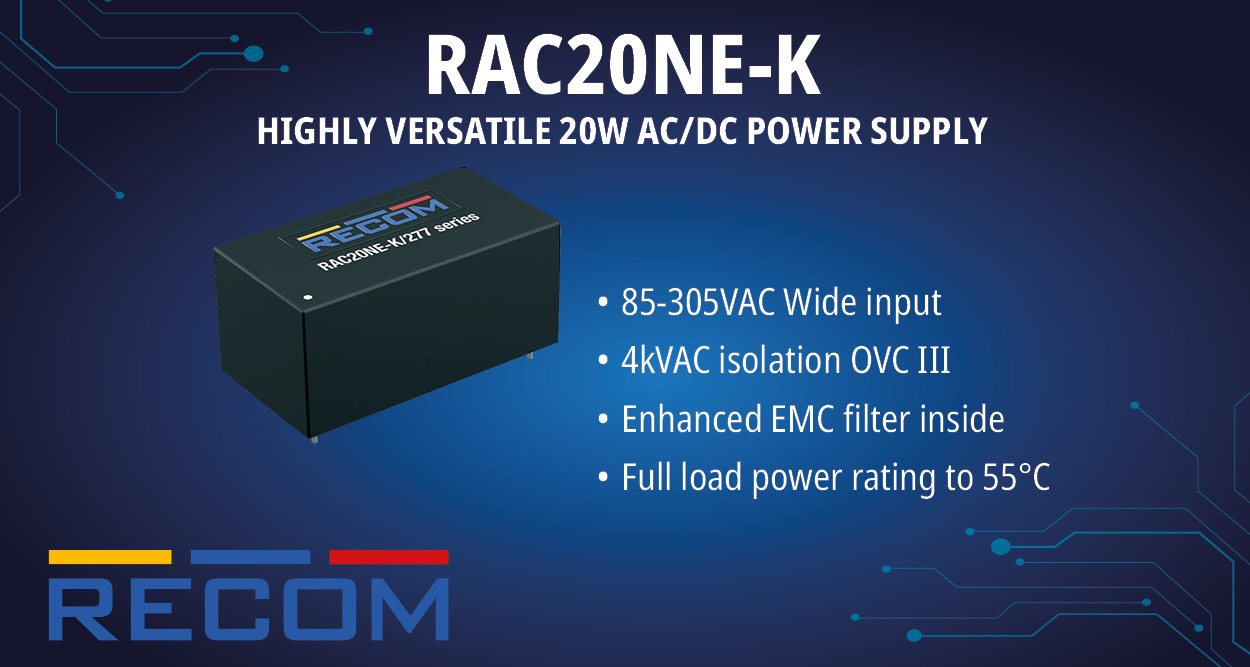The evolution of electronics industry has come a long way from analog system to complementing the digital era, designers efforts to innovate the whole electronics industry is wroth stating. In the last five years many trends and emerging technologies have taken over different segment and has helped evolve in demand in the global market, for example SENSORS and Internet of Things (IOT). Right in the heart of electronic components are semiconductor products like resistors and transistors. The rise in different categories of products in the electronics industry including applications to other sectors of the economy is due to the widespread applications of microelectronics.
Microelectronics – The Past-Future Technology
The era of microelectronics started with the invention of transistors in the 1940’s; but the revolution was really ignited with the invention of the integrated circuit in the 1950’s. Since that time, the product development has been characterized by explosive world-wide growth. The SRC is a natural derivative of this global growth. Complementing the ever more powerful microelectronics, it has the potential to be a disruptive technology to microelectronics. While this has always been a distant possibility in the past, the time for a major breakthrough is now within sight. This has much to do with the state of microelectronics and with the recent profound progress in developing organic electronic materials. Microelectronics, as the engine driving today’s IT advances, has come to a crossroads. On the road to nanoelectronics, one sees exponentially increasing cost and diminishing return with billion dollar IC fab cost doubling every generation. The high cost is, on the one hand, squeezing out all but the largest players and on the other, slowing down innovation from within. Troubles at the physical foundation of today’s microelectronics are of as much concern, if not more so. The wiring challenge and the power dissipation crisis are only going to get worse with each further step of miniaturization. These problems are deeply rooted in the much-hyped digitalization.
The 5G World
5G is here and it is taking the next step in complementing the demand of electronics. Owing to the increasing need for speed, telecommunication companies are starting to set up 5G cellular networks in 2019. It is anticipated that 5G will strengthen security and support widespread connectivity between devices, accompanied by several other benefits. Although 5G network services are still a long way from being launched, technology events and sessions provide a glimpse of how 5G powered products can change the future of electronics industry. 5G wireless networks will support 1,000-fold gains in capacity, connections for at least 100 billion devices and a 10 GB/s individual user experience of extremely low latency and response times, as stated by Huawei. “Deployment of these networks will emerge between 2020 and 2030.”
The most striking feat of 5G will be its speed which is expected to clock at 20 GB/s. Now, how fast are we discussing? Let us take an example. Suppose you download the contents of an (approx) 5 GB DVD at an average of 50 MB/s. It will take roughly about 13 minutes. Now the same will take barely 2 seconds to download on 5G at top speed.
Virtual Reality in Electronic Manufacturing
Virtual reality technology is being adopted by electronic manufacturing companies to improve manufacturing efficiency. This technology in the electronic manufacturing industry is often referred to as digital design, simulation, and integration. Virtual reality technology enables companies to inspect design objects at all conceivable scales, thereby eliminating defects in the product in the design stage. Taking into account the growth rate of electronic equipment market globally, which is 5.2% according to TBRC, virtual reality has a big implementation scope in the forecast period.
Robotics and Automation
Many electronic equipment companies are using robotics and automation to improve plant efficiency and productivity. Sensors are being used in various machines to access invaluable data for improving efficiencies and reducing potential breakdowns. For instance, according to a report by Boston Consulting Group (BCG) in 2016, 1.2 million industrial robots are expected to be deployed by 2025, while the electronic equipment is expected to reach $2.1 trillion by 2020 according to TBRC, thus indicating a rise in automation and robotics technology adoption to improve productivity and reduce production costs.
Shifting From B2B To B2B2C
There has been a massive change in the manufacturing business model. Many have switched from business-to-business (B2B) to business-to-business-to-consumer (B2B2C).
This allows them to receive the benefits that come with direct-to-consumer selling, one of which is control. When you sell to consumers without a third party, you retain control of your brand and price. There isn’t any room for third parties to alter or dilute your brand when you go straight to the consumer. You can collect data from these sales that allow you to build a better business strategy for the future.
Intelligent Spaces And Smart Places
Closely linked to the IoT, this trend is seeing physical spaces – like homes, offices, and even whole cities – becoming increasingly connected and smart.
Blockchains and Distributed Ledgers
This super-secure method of storing, authenticating, and protecting data could revolutionize many aspects of business – particularly when it comes to facilitating trusted transactions.
Cloud and Edge Computing
Cloud computing – where data is stored on other computers and accessed via the internet – has helped to open up data and analytics to the masses. Edge computing – where data is processed on smart devices (like phones) – will take this to the next level.
SMT Assembly Equipment
SMT Equipment vendors like NeoDenUSA are introducing products that can store large amounts of data. Automation technologies are increasing in usage, meaning there is a heightened need for high capacity SMT placement equipment. Market Reports World says this equipment is forecasted to grow at a CAGR of 6.37% from 2019 to 2023.
Newer Technologies Shaping Electronics Industry
Top electronics manufacturers like Apple, Samsung, Microsoft, and Sony are making sizeable investments in technology to capitalize on modern trends, expand their tech capabilities, and stay competitive. These manufacturers are using digital tools to integrate technologies beyond their primary area of expertise, boost revenue and productivity, improve product quality, meet customer demands, reduce waste and operational costs, and follow eco-friendly manufacturing practices.
Disruptive technologies such as artificial intelligence, nano-electronics, cloud computing, internet of things (IoT), advanced robotics, virtual reality, and big data, among others are creating the foundation for next-generation manufacturing processes and ecosystems. In fact, the fourth industrial revolution (Industry 4.0) is transforming electronics manufacturing processes, bringing about a seismic shift in the way products are manufactured. Manufacturers are relying on smart factories to automate complex and recurring operations, store and exchange critical information, and make relevant decisions with minimum human intervention. Though connectivity within the manufacturing operations isn’t new, the factory of the future (commonly referred to as factory 4.0) is employing information technology (IT) and operations technology (OT) to drive manufacturing, maintenance, inventory tracking, and supply chain operations. Consequently, modern technology is enabling electronics manufacturers to manage an efficient and agile shop floor, reduce production downtime, and predict and adapt to the changes in the system, thereby offering them competitive advantage.
Trends in Electronic Manufacturing Industry
- Using Technology to Streamline Processes: Often the best response to a change in the external environment is a change in your company’s internal processes. Technology can be applied to streamline operations, including automating recurring tasks in the purchase order and RFQ process. This automation results in greater efficiency, faster process cycles, fewer errors, and better management of employee time and resources.
- Leveraging Data Analytics: Electronics manufacturers can use historical process data, and through advanced data, analytics identify new patterns and relationships to improve processes, yield, and even logistics along the supply chain. Manufacturing data management and data analytics can improve the electronics component supply chain by providing actionable insights and create models for testing different scenarios to achieve cost savings, boost production, reduce errors or accidents, and direct organizational actions toward strategic objectives.
- Forming Strategic Partnerships: Price Waterhouse Coopers reported that in the modern marketplace, technology equipment manufacturers are benefiting from strategic partnerships. Original Electronics Manufacturers (OEMs) are outsourcing more development and design activities to Electronic Manufacturing Services (EMS) partners, reducing overall costs and shifting spend from fixed to variable costs. EMS partners benefit from new revenue opportunities and new lines of business, expanding their enterprises in the process.Many electronic manufacturing companies are exploring the benefits of gaining a technology partner to help automate regular business processes to control costs, reduce errors, improve speed and efficiency, and better direct employee resources to higher-level activities. Automation solutions are readily available for business processes including purchase orders, RFP, RFQ, and data interchange activities.
- Focusing on Logistics: An efficient supply chain has a direct impact on sales performance and a company’s bottom line. Maximizing efficiencies along the supply chain can not only help you to control costs, but it also allows you to strengthen relationships with suppliers and with customers, and improve speed and reliability of deliveries while reducing errors and overall complexity of the supply chain.

















